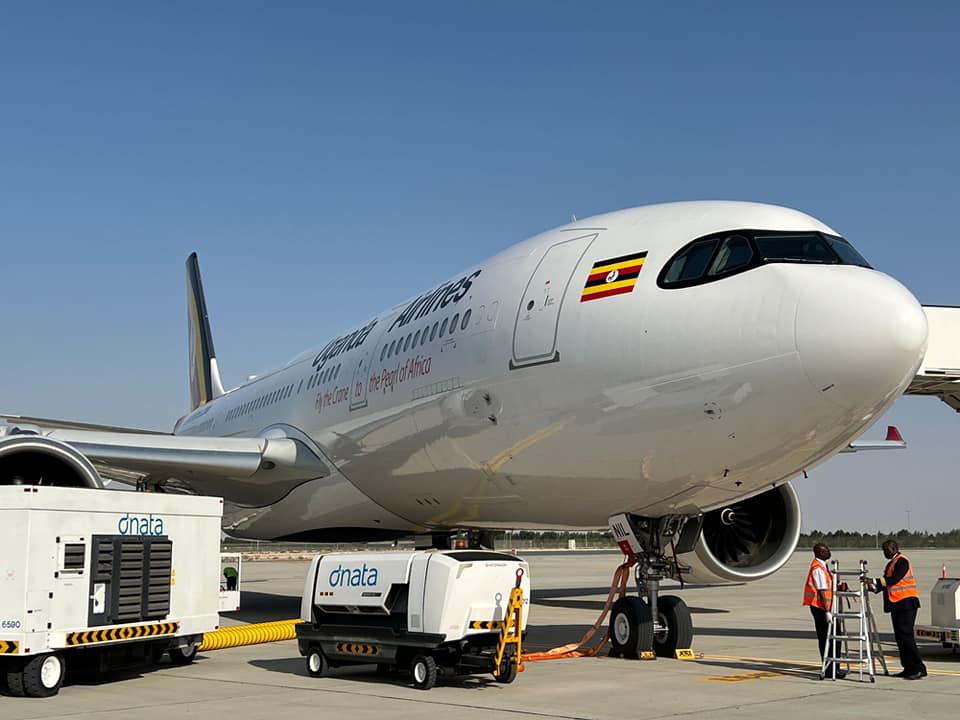
256793771 1104212887021675 7847250739585846273 n
Uganda Airlines has advanced plans to join the African Airlines Association, AFRAA Joint Fuel Purchase program, to mitigate the impact of the high jet fuel prices on its cost base. Fuel as a component now accounts for 52 percent of the cost base, up from 30 to 40 percent a year ago. This after prices doubled from $0.70 a liter to $1.5 per liter. Uganda Airlines seeks AFRAA umbrella against high fuel costs.
Rising fuel costs are an industry-wide problem and are the result of geopolitical tensions since the outbreak of the war in Ukraine, which started in February when Russian troops invaded the country. Preliminary negotiations about a fuel plan with AFRAA, whose 2023 annual general meeting Uganda Airlines has been tapped to host, started in July and are progressing towards a conclusion.
Chief executive Jenifer Bamuturaki attributes the bulge to a combination of a spike in international prices for aviation fuel, which crossed the $100 mark at some point this year, and the induction of the Airbus A330-800 fleet with the launch of services to Dubai last October. The carrier has not benefitted from fuel hedging because of the short-term nature of its fuel purchase contracts which typically run for three months.
AFRAA has been running a Joint Fuel Purchase program since 2011. According to the AFRAA website, fifteen airlines participate in the program but the list doesn’t include Uganda Airlines. Bamuturaki says that while procurement will have no impact on the base price at the stations where it flies, benefits will accrue from the lower margins that the association is able to negotiate with vendors. AFRAA leverages the economies of scale achieved by aggregating the combined volumes of fuel members airlines lift from a particular location, to negotiate better terms. “We are flying into some locations where the price of fuel is disproportionately high. As a small airline we shall definitely see benefits from joining the pool,” Bamuraki says.
Uganda Airlines’ operating costs rose to $101 million or 76 percent during the financial year that ended on June 30, 2022. This compares to a 53 percent increase the year before. Revenues increased from $12.7 million in fiscal 2020/21 to $38.3 million according to the yet-to-be-released results for last year.
Passenger numbers increased to 217.533, compared to 92.713 for the preceding period, while half a million are projected for the current financial year. The depends on the launch of services to London, Guangzhou, Mumbai, and Riyadh in the coming months. The carrier is operating only eleven of the twenty routes that should have been on its network by now.
“The market disruptions imposed by Covid 19 restrictions threw us off-track on many parameters in our projections, but we are getting back. A positive indicator, for now, is that our revenues are growing faster than our costs, so it’s good to see that we are flying nose up,” Bamuturaki told AirInsight.
Views: 4



